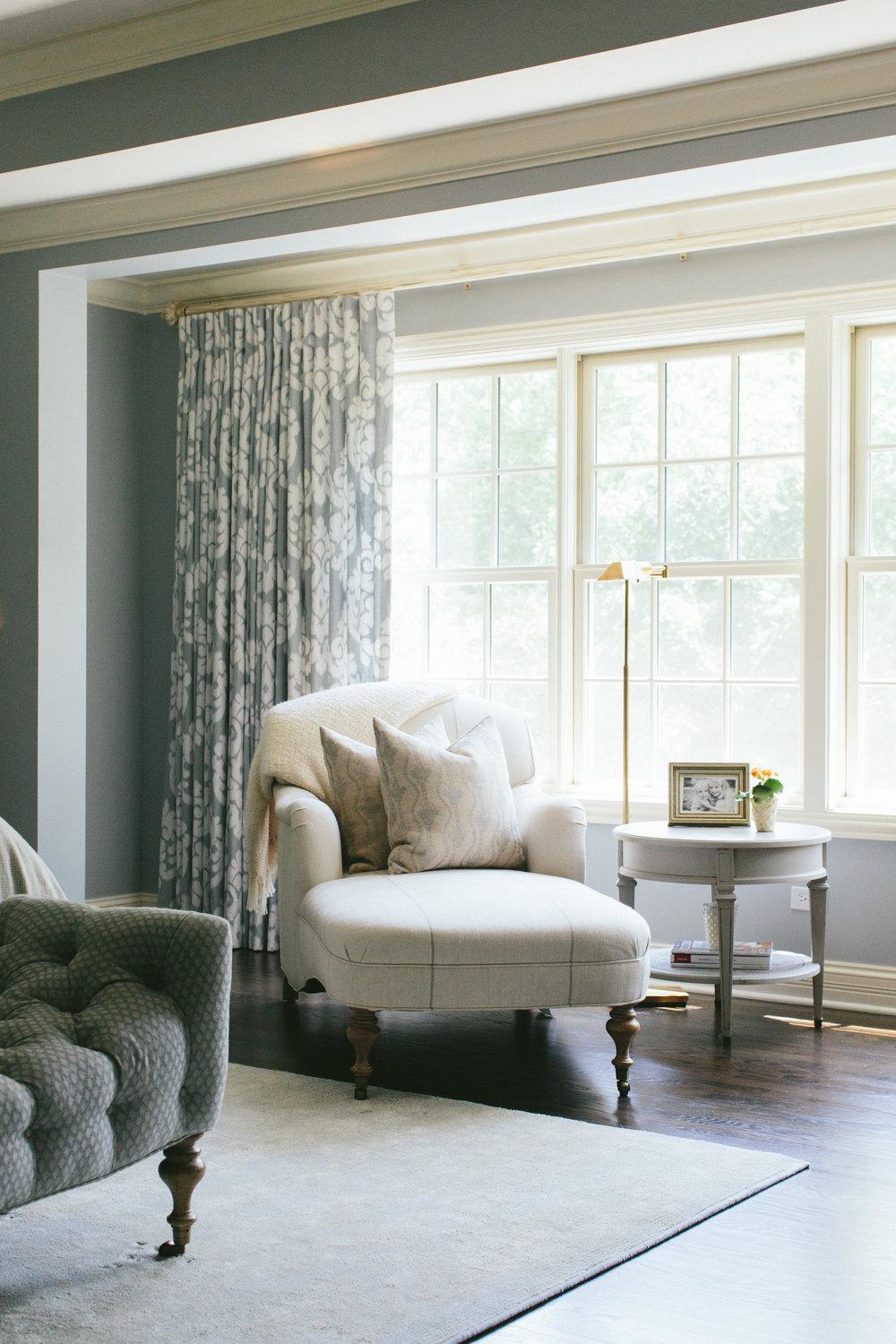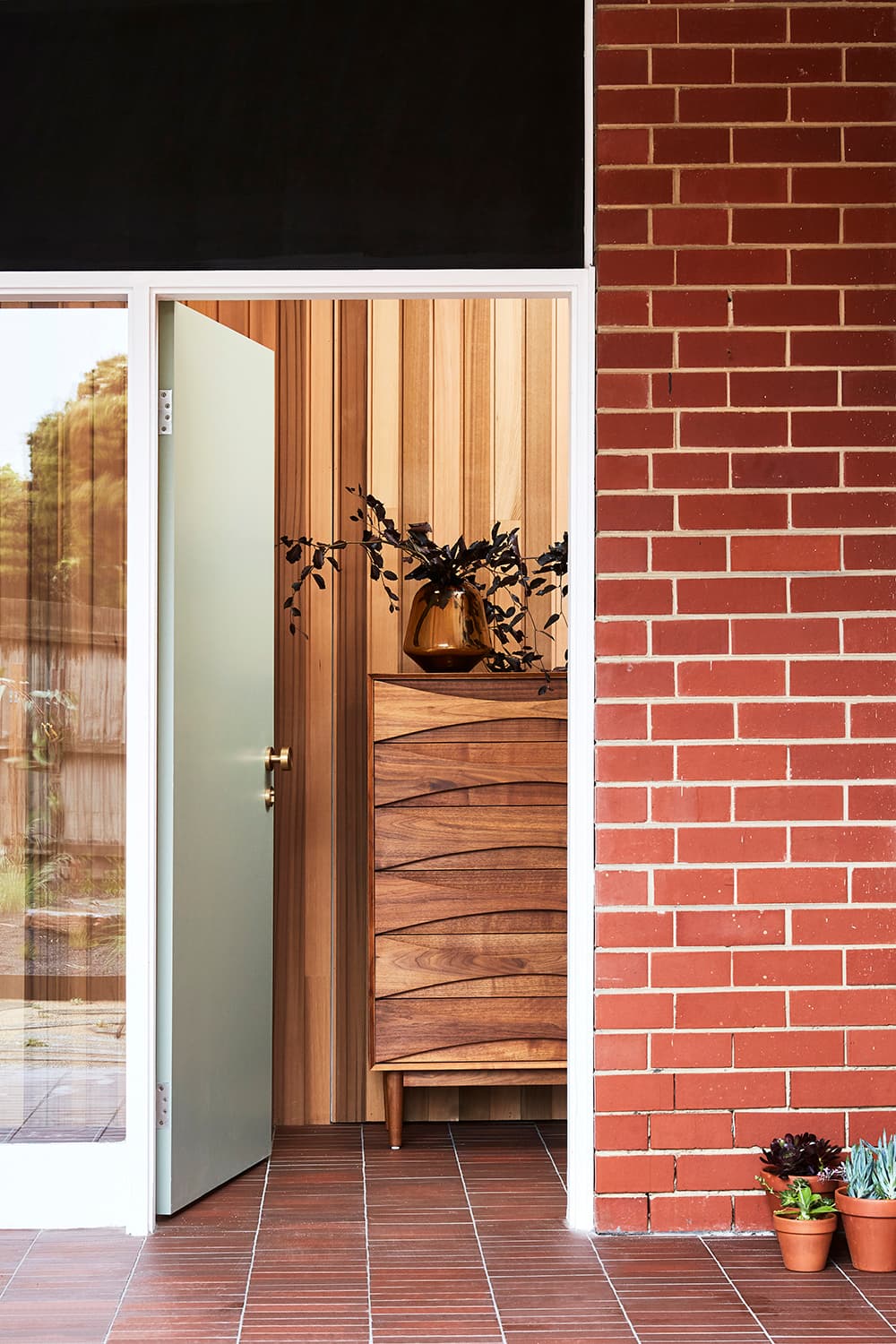Decorating in Shabby Chic? Here’s How to Make it Work
An interior design style with few rules and plenty of imagination. Bring shabby chic into your home with just a few key pieces.

There are few things as vibrant and candy for the eyes that mixing patterns within a home. With style like Shabby Chic, a trend that combines elements of french cottage and Gustavian interiors, patterns play a key role in lighting a room and finessing it with colour and energy. The textural aspects of the patterns and fabric will marvel anyone entering the room and yet, it’s the unknowing of where to begin or the doing it well that stops many of us from trying.
Often when deciding on the colours, scales and patterns, it can feel like there is a lot to consider. In some way, there is be but let that not be what stops you from bringing your interior dream to life, because who wouldn’t want a room where the cushions, curtains and upholstery sing in harmony with each other.
Rightly, the question on your lips is ‘Ok, that at all sounds good but… how?’ This short guide has been put together to give you the best starting point on how to mix patterns when using fabrics and wallpaper. Ready to conquer your pattern-mixing phobia? Let’s go!

The most important part before diving into patterns is defining your colour palette. The colours you decide on will dictate how you decide to tie in patterns into your overall look. To make the pattern-colour combination work, it is worth considering what kind of mood you want to emulate inside a room or your entire home.
For example, geometrics and stripes work beautifully in colder shades such as blues and greys for a smart and mature look, or for a lively, energetic look and feel opt for lighter and brighter designs. Whereas, floral prints can bring a lively feel into a room depending on what shares you decide on; Summery shades often bring out a warmth and light feel in a room, and darker florals a more intimate and dramatic look.

Additionally, in every beautifully designed room, there’s a primary colour that ties it all together. And it’s this that makes choosing a colour that you ultimately love, important. Because not only will it become the foundations on which everything in a room is built from but it’s the colour that becomes that heart of a room. When you’ve chosen the one, have fun with experimenting on the intensity of its shade across decorative elements and use key pieces such as cushions, curtains, throws, and rugs to lightly contrast with it.
More often than not, a mood board is the key to unlocking new creative ideas and perspective on patterns, as well as home interiors in general. By spending time (Pinterest is our go-to but a scrapbook with glue, scissors, and samples will always be our favourite) on collecting inspirational shots of colours, patterns, detailing, and fixtures you begin to get a clear picture on what works well with what, and what works well where.
When putting your mood board together, it is worth considering any existing shades of wooden floorboards, exposed wooden beams or brickwork, as each detail adds context to how and what patterns will compliment what is already there and work seamlessly inside your home.

Mood board at the ready, it’s time to get started. This stage is crucial because it’s where you begin move patterns around and experiment with them to see where they would fit in a room; perhaps one looks better towards the back of a room and the other at the front. By placing them side by side, you’ll start to see what patterns work well together and what feels a little overwhelming.
If you’re feeling unsure and need extra time, it is worth coming back to your design the following day once you’ve gotten used to the idea of bringing (and seeing) bold colours and patterns together in your home.

When you’re browsing for the right pattern or patterns you’ll notice the variety of scales. A pro tip is to focus on one large-scale pattern, helping to define a clear focus in a room. Once you’ve chosen the large-scale pattern, work smaller patterns into the room through cushions, curtains, throws, and rugs placed throughout the space to fill in any gaps.
Keep in mind the surface you’re going to put the pattern on; Large scale print can look odd on a tiny cushion, while a small scale design can look washed out on a rug or grand set of curtains. Get a good perspective on how the patterns and scales work by laying your samples (we’d strongly recommend getting samples if you haven’t already before committing) around the room on top of the areas that you propose to use them on.

At this point, it could quite easily become pattern-galore. And we wouldn’t blame you. But, it is important to break up the patterns with blocks of colour or neutral accents to create balance in a room. To avoid things becoming too cluttered or if you simply prefer a soft touch to add patterns, start with clear painted walls and add a small number of patterns together across the space; Think more of the same but used in different ways. Alternatively, chose more muted colours and select soft ambient lighting for your room, this way you can tone down patterns to create a serene, comfortable space.

A good starting point when working with patterns will always be to choose one theme within Shabby Chic (be that floral, checkered, stripes, or any other you like) to inform and give a framework for the decor and interiors in the room. As you discover new ways to incorporate patterns and colour, you may want to try mixing themes that add a design and sense of character that’s unique to you.
In many ways, Shabby Chic works beautifully as a canvas for you to try these ideas and to take risks that you may have doubted previously. We encourage you to stay open-minded and be ok with scrapping combinations that don’t sit right… For every ten questionable ideas, there’s at least one genius idea that’s enough to strip a home down and start from scratch.
Photo credits: 1. Marie Flanigan 2. Studio McGee 3. Ella Scott 4. Bria Hammel 5-6. Ella Scott 7. Kate Marker

An interior design style with few rules and plenty of imagination. Bring shabby chic into your home with just a few key pieces.

Discover how to decorate busy home areas with practical tips on flooring, furniture, rugs, and lighting to create stylish and durable spaces.

Mixing metals is the designer's choice. If you're thinking about mixing metals and finishes at home, here's how to get started.